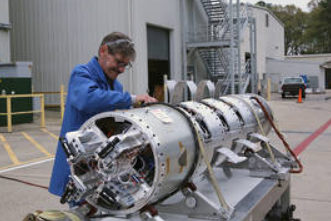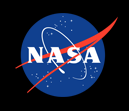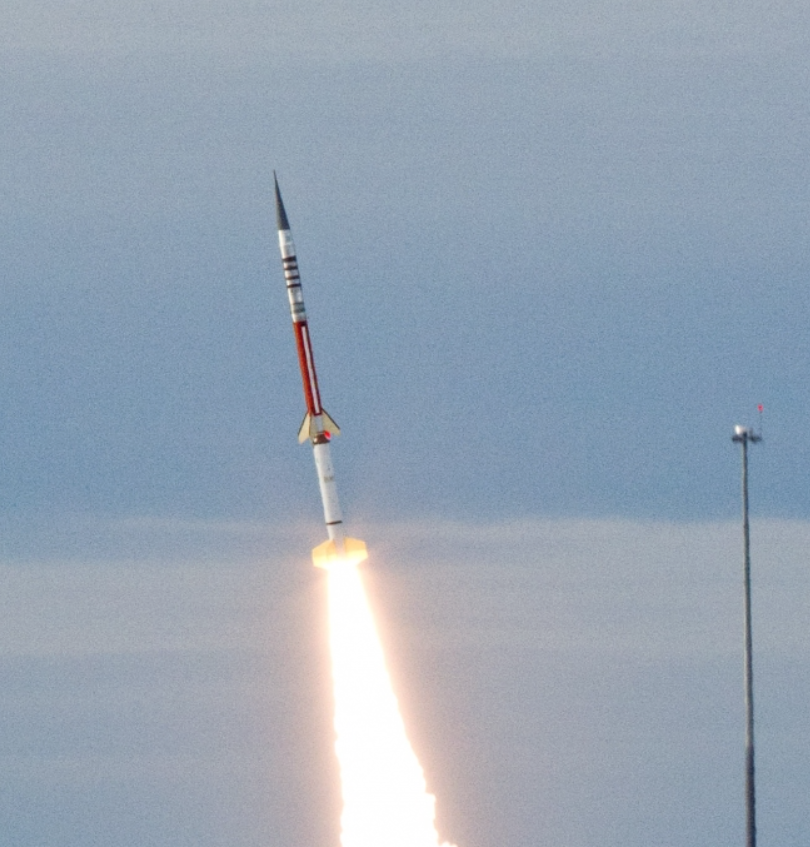
The ampule doors on the sounding rocket payload are open during testing at the Wallops Flight Facility. Credits: NASA/Berit Bland

The launch of the NASA Terrier-Improved Malemute sounding rocket scheduled for Saturday, June 24, has been postponed due to expected cloudiness in the region. A new launch date has not been determined.
The NASA Visitor Center at Wallops will open at 8 p.m. on launch day for viewing the flight. Ten canisters about the size of a soft drink can will be deployed in the air, 6 to 12 miles away from the 670-pound main payload whereupon they will release blue-green and red vapor to form artificial clouds between 4 and 5.5 minutes after launch.

NASA's Terrier Improved Malemute Rocket The Terrier-Malemute launch vehicle is a high performance two-stage vehicle. Credit: NASA/Wallops
These clouds, or vapor tracers, allow scientists on the ground, or by aircraft, to visually track particle motions in space and to gather information over a much larger area than previously able during a sounding rocket mission to study the ionosphere or aurora. The clouds may be visible along the mid-Atlantic coastline from New York to North Carolina.
During the flight of a two-stage Terrier-Improved Malemute sounding rocket between 4:25 and 4:42 a.m. EDT,
Ground cameras will be stationed at Wallops and in Duck, North Carolina, to view the vapor tracers. Clear skies are required at one of the two ground stations for this test. The vapor tracers may be visible from New York to North Carolina and westward to Charlottesville, Virginia.
The vapor tracers are formed through the interaction of barium, strontium and cupric-oxide. The tracers will be released at altitudes 96 to 124 miles high and pose no hazard to residents along the mid-Atlantic coast.
The total flight time for the mission is expected to be about 8 minutes. The payload will land in the Atlantic Ocean about 90 miles from Wallops Island and will not be recovered.
The NASA Visitor Center at Wallops will open at 3:30 a.m. on launch day for viewing the flight.

